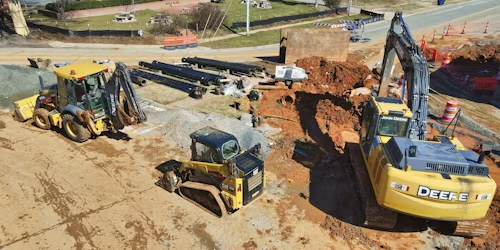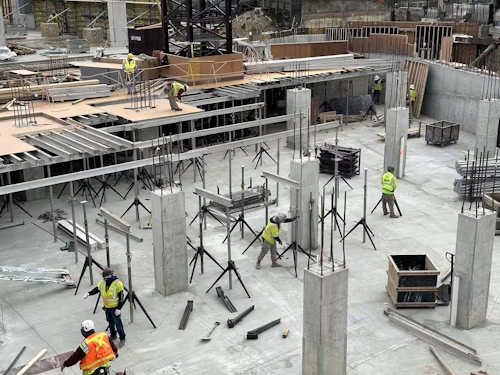.png)
MEMPHIS, Tenn. — Regional One Health has officially selected a joint venture of four firms to spearhead construction of its long-planned $1 billion academic medical center in Memphis. The project, one of the largest healthcare investments in Tennessee history, is expected to transform regional care capacity and economic activity.

The construction team, operating under the name Memphis Healthcare Builders, is a partnership between Turner Construction, Flintco Construction, Nickson General Contractors, and Fifer & Associates, according to Monday’s announcement.
Regional One Health currently operates the only adult Level 1 Trauma Center within 150 miles and the only verified Burn Center within 400 miles. The new campus will expand its reach and modernize care with upgraded facilities, a new bed tower, and expanded patient and surgical services.
In discussing the selection, Dr. Reginald Coopwood, CEO and president of Regional One Health, emphasized both expertise and community impact:
“We are pleased that we were able to attract some of the best national talent in healthcare companies specializing in architecture, engineering and construction,” he said. “These companies have partnered with local firms, ensuring that a significant portion of this investment remains right here in Memphis.”

The project has strong public backing. Shelby County has committed $500 million toward construction, while the remaining funds are expected to come from private philanthropy and additional sources.
Economic projections estimate that the development could generate between $693.6 million and $892.3 million in economic growth by 2027, including job creation, supplier contracts, and regional investments in related services.
Design and pre-construction planning are advancing, with early site work expected to begin once funding timelines are finalized. The project aims to position Memphis as a regional leader in trauma care, burn treatment, academic medicine, and advanced surgical services.
Local leaders view the initiative as both a health infrastructure upgrade and a generational investment.
Originally reported by Sebastian Obando in Construction Dive.